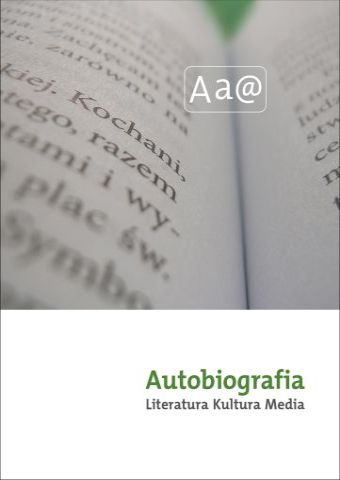







| Authors: |
Barbara
Elmanowska
Uniwersytet Wrocławski |
| Keywords: | writing practice Nazi genocide materiality AL Riese KL Auschwitz-Birkenau Abraham Kajzer intimate diary |
| Data publikacji całości: | 2015 |
| Page range: | 20 (149-168) |
| 1. | Abraham Kajzer, Za drutami śmierci, Muzeum Gross-Rosen, Wałbrzych 2008. |
| 2. | Dorota Sula, Życie kulturalne i religijne więźniów w KL Gross-Rosen, Muzeum Gross-Rosen, Wałbrzych 2007. |